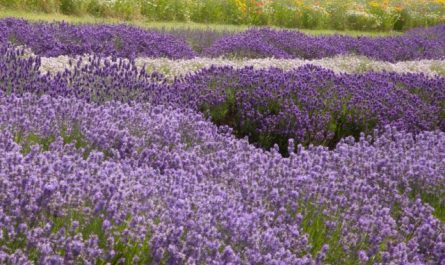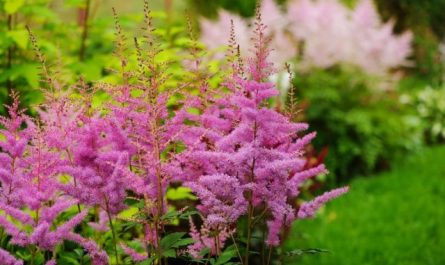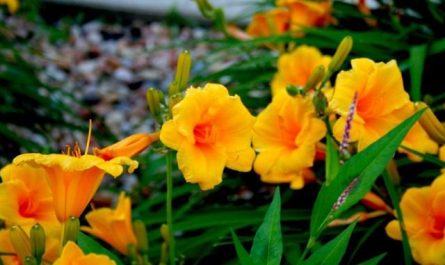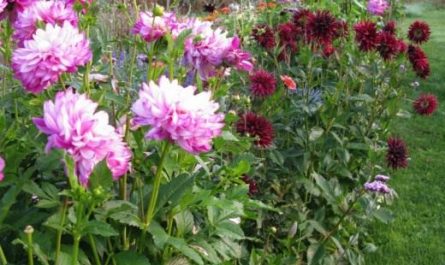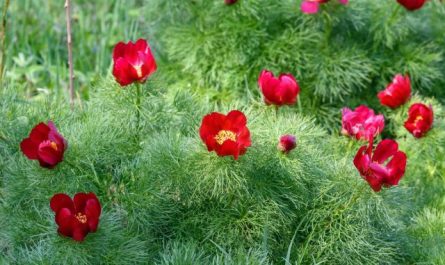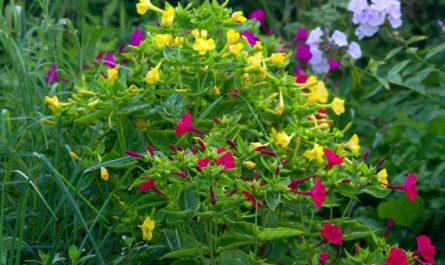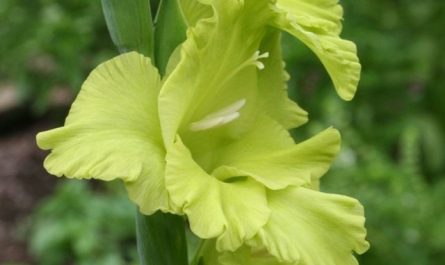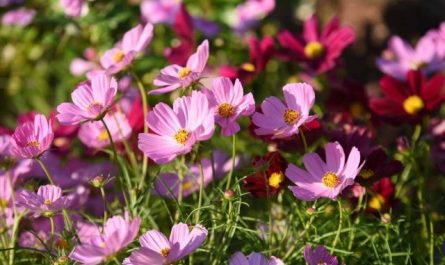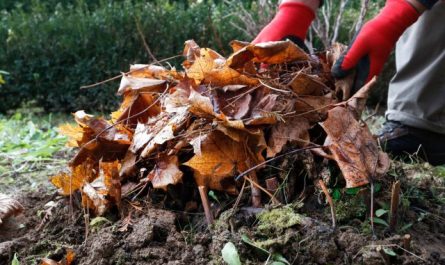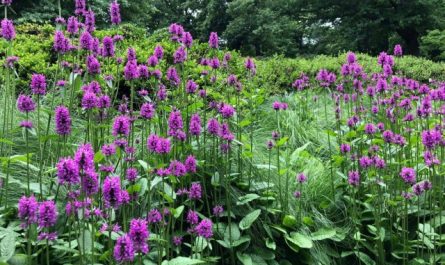Roses are extremely popular shrubs, loved for their stunning blooms and outstanding fragrance. However, there are many potential mistakes that can be made when growing these flowers. Unfortunately, they occur throughout the life of the rose, from planting to annual care. We will look at the most common mistakes when growing roses to ensure that you are not preventing the flowers from reaching their full potential.

Wrong place selection
There are all sorts of roses, from huge climbing roses to miniature bushes, so it’s worth reading the description of the variety carefully before buying. Naturally, a large and wild rose will not feel good if it is constantly trimmed to fit into a small space. If possible, plant the rose in a place where its needs will be met.
Roses are plants that love direct sunlight. They need a sunny spot to look their best. Ideally, they need 6-8 hours of direct sunlight per day. There are some types of roses that are better suited to shade. However, this can still result in weaker growth, fewer flowers, and increased susceptibility to disease.
In addition to shade, windy areas should be avoided. In strong winds, roses will grow at an unusual angle or may even break.
Rose bushes planted too close together are more susceptible to disease due to insufficient air circulation. Plant bushes at least 60 to 90 inches apart to give them some space.
Planting in unsuitable soil
Even if you have chosen the ideal location for your rose, it is still advisable to prepare the soil for optimal growth of the bush. It is best to plant roses in fertile, loose soil enriched with organic matter.

To plant, dig a hole up to 60 cm in circumference and the same depth. Mix the excavated soil with manure or compost. If you have heavy clay soil, it is recommended to loosen the soil even deeper and add fine bark or expanded clay to improve drainage and texture.
Mulching the top layer of soil after planting will also help regulate soil temperature, retain moisture, suppress weeds, and provide nutrients to your roses, all of which will promote healthy plant growth.
Flowerbed for roses only
If you love roses, you may be tempted to give them a special place in your garden, creating a formal rose garden. However, planting only roses together can be a recipe for trouble down the road. In a garden dedicated exclusively to roses, diseases and pests only need to move on to a neighboring plant to continue sucking the juices and ruining the plantings. Soon, your entire rose garden will be plagued by aphids, black spot, or worse, viruses.

For the health of your roses, it’s a good idea to plant companions. Carefully chosen neighbors don’t just improve the aesthetics of your garden. They attract beneficial predators, repel pests, retain soil moisture, make it difficult for diseases to spread, and provide shelter from the elements.
Saving water when watering
Most roses like water but will not tolerate standing water at the roots. In dry weather, you will get the most flowers if you water the bush at least once a week. You can use a hose, a watering can, or a drip irrigation system, but try not to wet the leaves. Fungal and bacterial diseases that affect roses love damp conditions. If the foliage remains wet for several hours, the risk of black spot, powdery mildew, and anthracnose increases.

Top watering can be done in the morning on a sunny day. This way the leaves will dry quickly and the risk of the plants getting sick will be minimal.
Leave wilted flowers
Trimming faded flowers stimulates the appearance of more buds and maintains a neat appearance. At the same time, pruning stimulates new growth and helps maintain the shape of the bush.
Since most roses bloom repeatedly from spring to late fall, deadheading spent blooms can be tedious. To effectively manage this chore, deadhead old blooms every time you pass the bush.

If your rose is blooming so thickly that it would take forever to remove each bloom, you can trim the entire plant back a few inches with garden shears after most of the flowers have faded. New buds will appear in a couple of weeks.
Neglecting to remove faded flowers not only deprives you of the joy of further flowering and looks unattractive. They can become a breeding ground for fungal diseases.
Overkill in pest control
Many roses attract butterflies, bees, and other beneficial pollinators. Most insects that feed on roses cause so little damage that there is no point in controlling them, as you will also harm the pollinators. If an infestation gets out of control, try using less toxic organic pest control products such as insecticidal soap or neem oil.

Before you start looking for pesticides, remember that aphids are a tasty morsel for small birds, predatory wasps, lacewings, hoverflies, and ladybugs. If you spray them with an insecticide, you will potentially kill beneficial predators that provide natural pest control.
After treatment, the aphids will disappear for a while, but they will soon return, but the predators are unlikely. As a result, you will constantly spray harmful chemicals in your garden, fighting a continuous battle that is destined to be lost.
With a little patience and a balanced approach, you can create an ecosystem where natural predators do most of the pest control. Give the aphids a couple of weeks (or just hose them off) and you’ll be surprised how well the problem resolves itself.
Insufficient fertilization
Roses are considered “gluttonous” flowers. In order for them to grow well and bloom abundantly, they need to be fed enough. To get the best bloom from your roses, apply fertilizer after the last spring frost and repeat after the first wave of flowering. It is advisable to repeat the feeding once a month until the end of summer. If you apply fertilizer too late in the season, the plant may continue to grow and try to bloom when it should already be preparing for winter.
Lack of proper trimming
Pruning is probably the most frightening topic for beginning rose growers. Some, afraid of doing something wrong and harming the plant, avoid pruning altogether. With this approach, you will get an unmanageable overgrown bush that almost never blooms and suffers from diseases.

Even if this situation has arisen, roses can still be revived. In most cases, roses can be pruned in late winter and early spring.
The basics of pruning different types of roses are as follows::
- Heavy pruning of bush and English roses is not a good idea, as it encourages leaf growth rather than flower growth.
- Shrub roses such as floribundas and hybrid teas bloom well on new growth, so they can be pruned back more.
- Climbing roses bloom most vigorously on shoots that have grown in the last couple of years, so the oldest stems should be cut back every year.
Before pruning, make sure your rose is at least 3 years old. Until then, it will grow naturally without pruning. Care for the bush will be limited to removing diseased or dead shoots.
